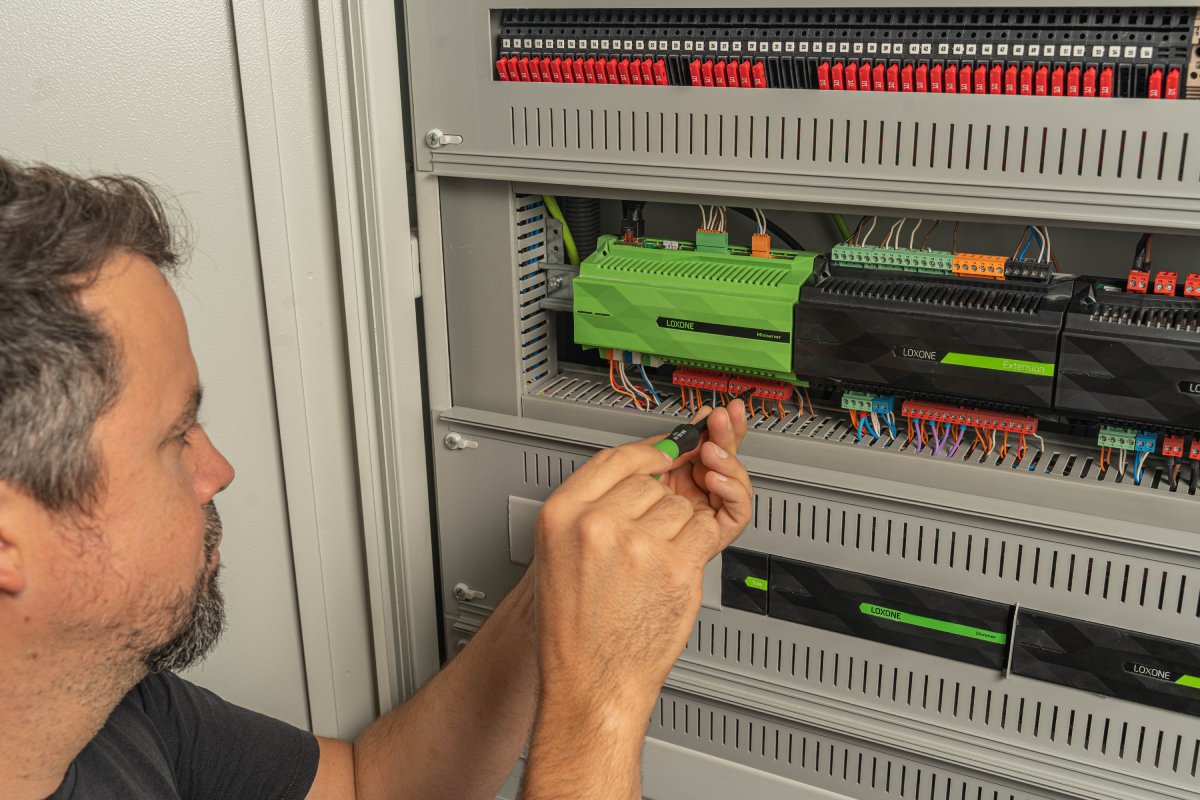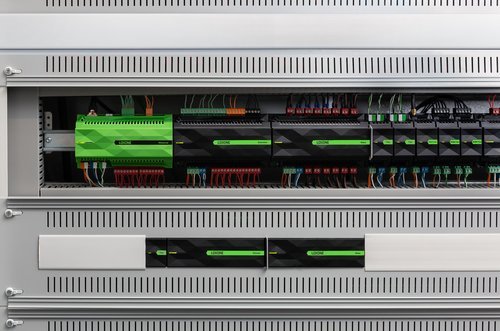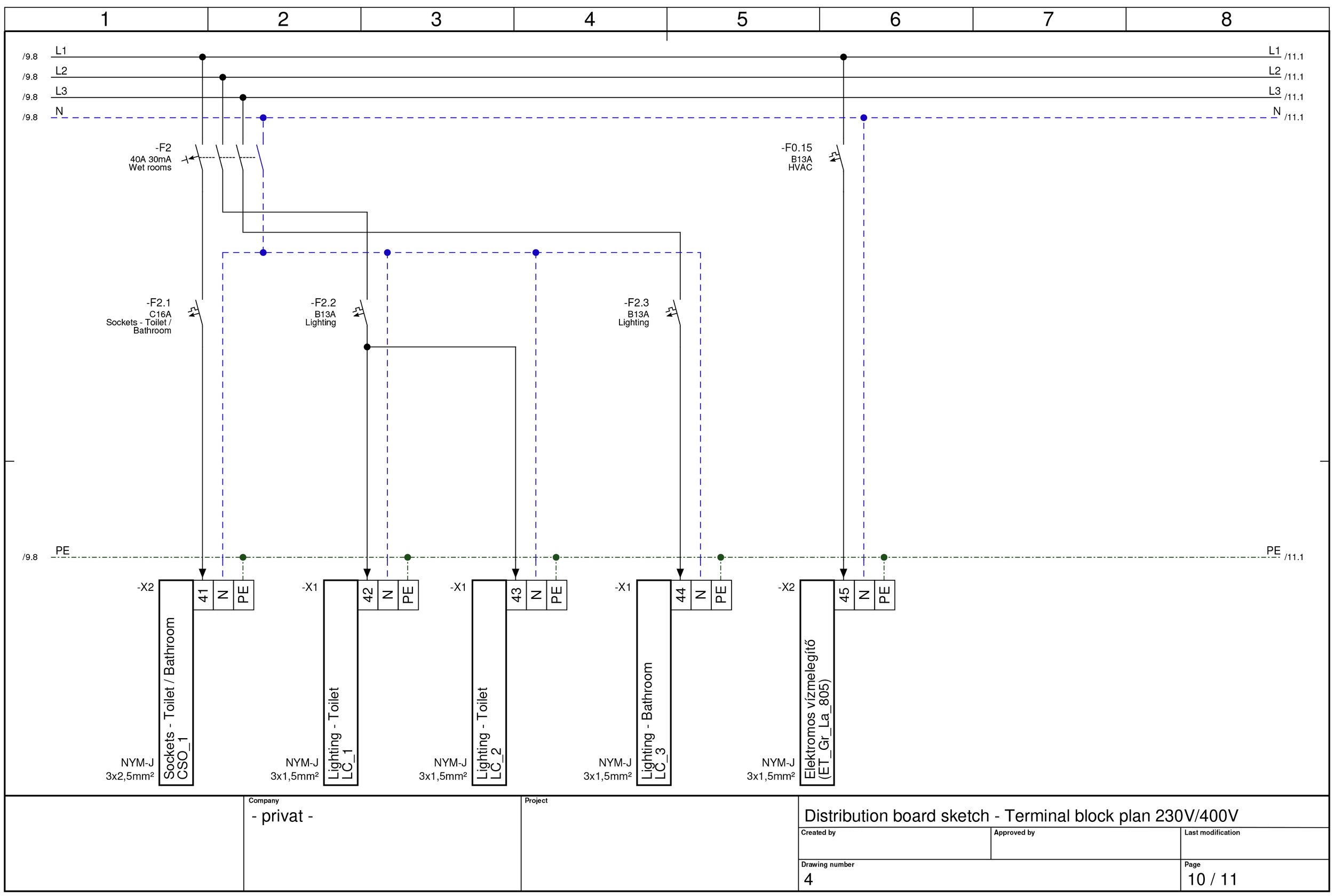6 Steps for an Effective Electrical Cabinet Design
An effective electrical cabinet design is essential for protecting sensitive electrical equipment from environmental factors such as dust, moisture, and temperature fluctuations.
Whether you are designing an electrical cabinet for a commercial building or a residential property, following these 6 steps will help ensure that your design is effective and meets your needs.
Step 1: Determine Your Requirements
Before you start designing your electrical cabinet, it’s essential to determine your requirements. Consider the size and shape of the enclosure, the type of equipment it will contain, and the environmental factors it will be exposed to.
By identifying your requirements, you can move on to the design phase with a clear understanding of what you need to accomplish.
Step 2: Choose Your Material
Choosing the right material for your electrical cabinet is critical. Different materials have unique advantages and disadvantages that can impact the performance of your cabinet. Consider factors such as durability, cost, and ease of maintenance when choosing between materials like stainless steel, aluminum, and plastic.

Step 3: Design the Layout
Designing the layout of your electrical enclosure is essential to ensure your equipment is well-organized and easy to access. Consider the location of components and wiring and plan for future upgrades or modifications. A well-designed layout will also make it easier to diagnose issues and troubleshoot problems that arise.
Step 4: Consider Cooling and Ventilation
Proper cooling and ventilation are critical to keeping your electrical equipment running smoothly. Consider the temperature and humidity of the environment and choose a cooling and ventilation system that meets your needs. Failure to properly cool and ventilate your cabinet can lead to equipment failure and costly repairs.

Step 5: Add Accessories
Accessories such as locks, handles, and cable glands can improve the functionality and security of your electrical cabinet. Consider the specific needs of your project and add the appropriate accessories. For example, a lock can prevent unauthorized access to your equipment, while a cable gland can provide additional protection against dust and moisture.
Step 6: Test Your Design
Once your electrical cabinet is complete, it’s crucial to test it to ensure that it meets your requirements. Conduct tests for factors such as temperature, humidity, and vibration to ensure that your equipment is protected. By testing your design, you can identify and address any issues before they become more significant problems.
uPlan in the Electrical Cabinet Design Process
Designers can streamline the process of creating an effective electrical cabinet by using uPlan. The platform’s features make it easy to design an cabinet that meets the specific requirements of any project
Here’s how uPlan can help in the design process:
- Place Icons on the Floor Plan: The first step is to place the desired icons on the floor plan, which you can do manually or using the uPlan wizard tool.
- Customize Your Document: In the quote section, you can customize your document by adding everything you want to include. In the case of a smart home automation system, you can see the Loxone devices that will be added to the distribution cabinet by clicking on the Loxone devices section within the quote.
- Download Technical Details: You can download every technical detail as a PDF file from the documentation, which you can then send out to project members or clients. If you download the electrical cabinet drawing, the devices added to the project will also appear in the schematic.
- Modify Your Quote: If you want to modify the number of devices in the quote or remove any of them, you can do so by deleting the devices you won’t need or adding more if necessary.

The latest update to uPlan offers new features such as the ability to see the unit measurements of the calculated Loxone devices, which is useful when designing a distribution cabinet as it allows designers to know how much space to reserve for added items. This feature is also available for conventional devices and IT devices in the rack cabinet.
By using uPlan in the electrical enclosure design process, designers can easily create an effective enclosure that meets their specific needs.
Conclusion
An effective electrical cabinet design requires careful consideration of your requirements, materials, layout, cooling and ventilation, accessories, and testing. By following these six steps and utilizing uPlan’s features, designers can create an electrical cabinet that is functional, secure and meets their specific needs.